The Carrera GT is powered by an all-new 5.7 litre V10 engine producing 612 DIN (605 SAE) horsepower (450 kW) whereas the original concept car featured a 5.5 litre version rated at 558 hp (416 kW). Porsche claims it will accelerate from 0 to 100 km/h (62.5 mph) in 3.9 seconds and has a maximum speed of 330 km/h (205 mph), although road tests indicated that in reality the car could accelerate from 0-60 in under 3.5 seconds and to 0-100 in 6.8 seconds and has a top speed of 330-340 km/h (209-215.2 mph).
The Carrera GT has a basic 5 colour paint schemes which include: Black, Guards Red, Fayence Yellow, Basalt Black, GT Silver and Seal Grey. Custom colors were also available from the factory. A six-speed manual transmission is the only available transmission, in contrast to its rival the Enzo Ferrari which is only offered with sequential manual transmission.
Attached to this gearbox is a birch/ash gearknob which pays homage to the wooden gearknob used in the Porsche 917 Le Mans racers. With the Enzo Ferrari priced initially around $660,000, the Carrera GT base price of $448,400 makes the dream of owning a piece of Le Mans inspired technology somewhat more attainable. The Carrera GT is also priced at $600,000 in Canadian dollars, and at 390,000 in Euros.
The Carrera GT has large side inlets and airdams that help cool the large V-10 that lies framed by the carbon fibre rear hood. Fitted with Porsche's latest brake system, the 15 inch ceramic pad brakes make a stunning appearance underneath the 19 inch front and 20 inch rear tires. Similar to other Porsche Models, the GT includes an automated rear wing spoiler which deploys in the higher ranges of speed (70 mph).
996 Series
Styling wise, the car was more individual than previous Turbos. Along with the traditional wider rear wings, the 996 Turbo had different front lights and bumpers when compared to the Carrera and Carrera 4. The rear bumper had air vents that were reminiscent of those on the Porsche 959 and there were large vents on the front bumper, which have been copied on the Carrera 4S and Cayenne Turbo.
997 Turbo
As well as producing more power and flexibility, the new turbocharger improved fuel consumption over the 996 Turbo. With these performance upgrades, it accelerates to 100 km/h (62mph) in 3.9 seconds (3.7 with the Tiptronic transmission) and reaches a top speed of 310 km/h (193 mph). The optional Sports Chrono overboost package increases torque to 680 Nm (505 lbf.ft) for short periods (maximum 10 seconds) but over a narrower rev range.
The 997 Turbo features a new 4-wheel-drive system, similar to the one found on the Porsche Cayenne. Featuring PTM (Porsche Traction Management) the new system incorporates a clutch-based system which varies the amount of torque to the front wheels, regardless of wheel slip front and rear.
This, according to Porsche, aids traction and the handling by redirecting the torque to control oversteer or understeer, thus resulting in far more neutral handling, as well as greatly improved performance in all weather conditions (as opposed to older 4WD system which gave the Turbo stability under hard acceleration).
Styling wise, as with the 996 Turbo the car featured more unique styling cues over the Carreras, one of the more distinctive elements the front LED driving/parking/indicator lights mounted on a horizontal bar across the air intakes.
The traditional rear wing is a variation of the 996 bi-plane unit.The Turbo version of the 997 series featured the same 3.6 L twin-turbocharged engine as the 996 Turbo, but this time it developed 480 PS (353 kW) and 620 N·m (457 lbf·ft) of torque.
This was in part due to the 997's new variable-geometry turbocharger (a first on a petrol-engined road car) which essentially combines the low-rev boost and quick responses of a small turbocharger with the high-rev power of a larger turbocharger. As well as producing more power and flexibility, the new turbocharger improved fuel consumption over the 996 Turbo.
With these performance upgrades, it accelerates to 100 km/h (62mph) in 3.9 seconds (3.7 with the Tiptronic transmission) and reaches a top speed of 310 km/h (193 mph). The optional Sports Chrono overboost package increases torque to 680 Nm (505 lbf.ft) for short periods (maximum 10 seconds) but over a narrower rev range.
The 997 Turbo features a new 4-wheel-drive system, similar to the one found on the Porsche Cayenne. Featuring PTM (Porsche Traction Management) the new system incorporates a clutch-based system which varies the amount of torque to the front wheels, regardless of wheel slip front and rear.
This, according to Porsche, aids traction and the handling by redirecting the torque to control oversteer or understeer, thus resulting in far more neutral handling, as well as greatly improved performance in all weather conditions (as opposed to older 4WD system which gave the Turbo stability under hard acceleration).
Carrera GT Video
This article is licensed under the GNU Free Documentation License. It uses material from Wikipedia and Youtube
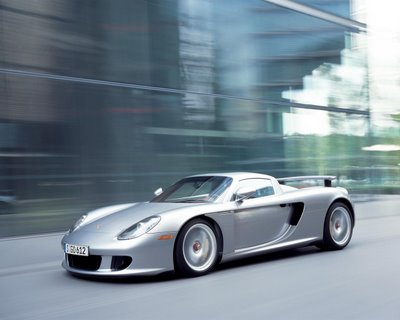
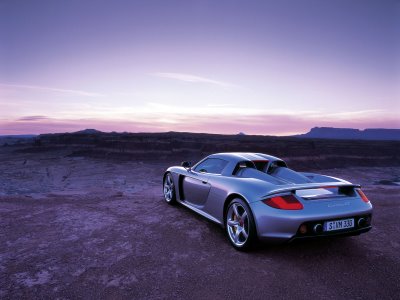
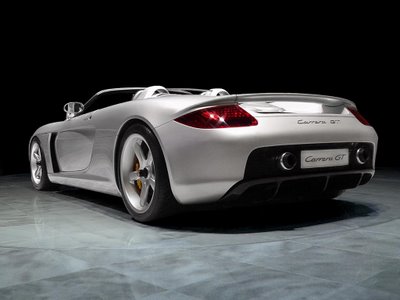
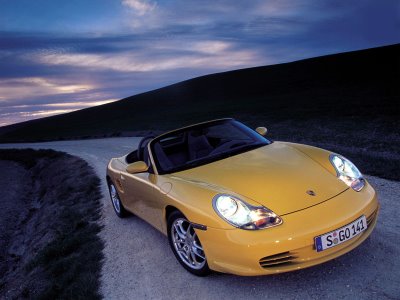
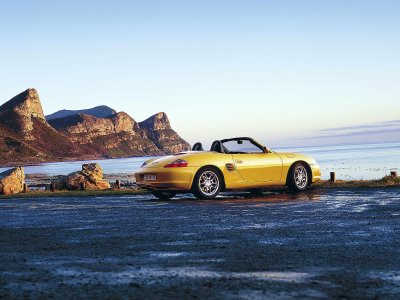
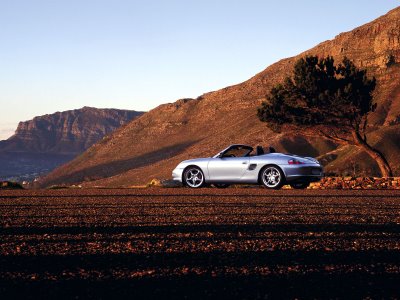
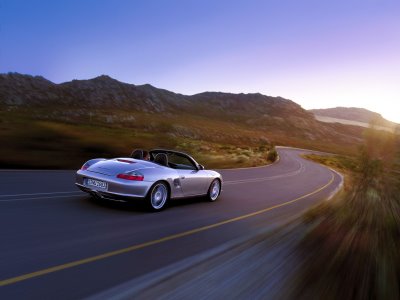
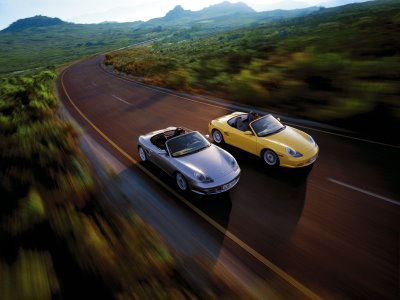


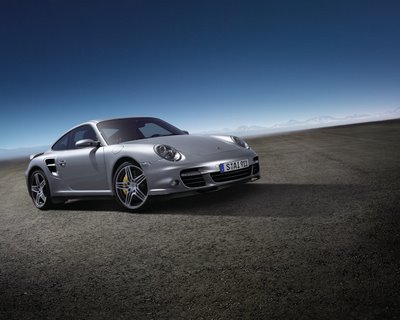
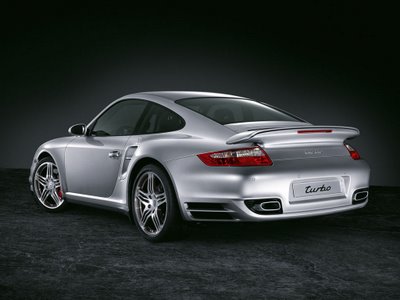
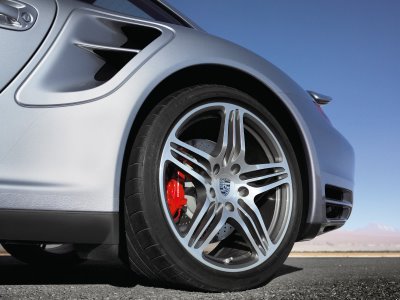
No comments:
Post a Comment